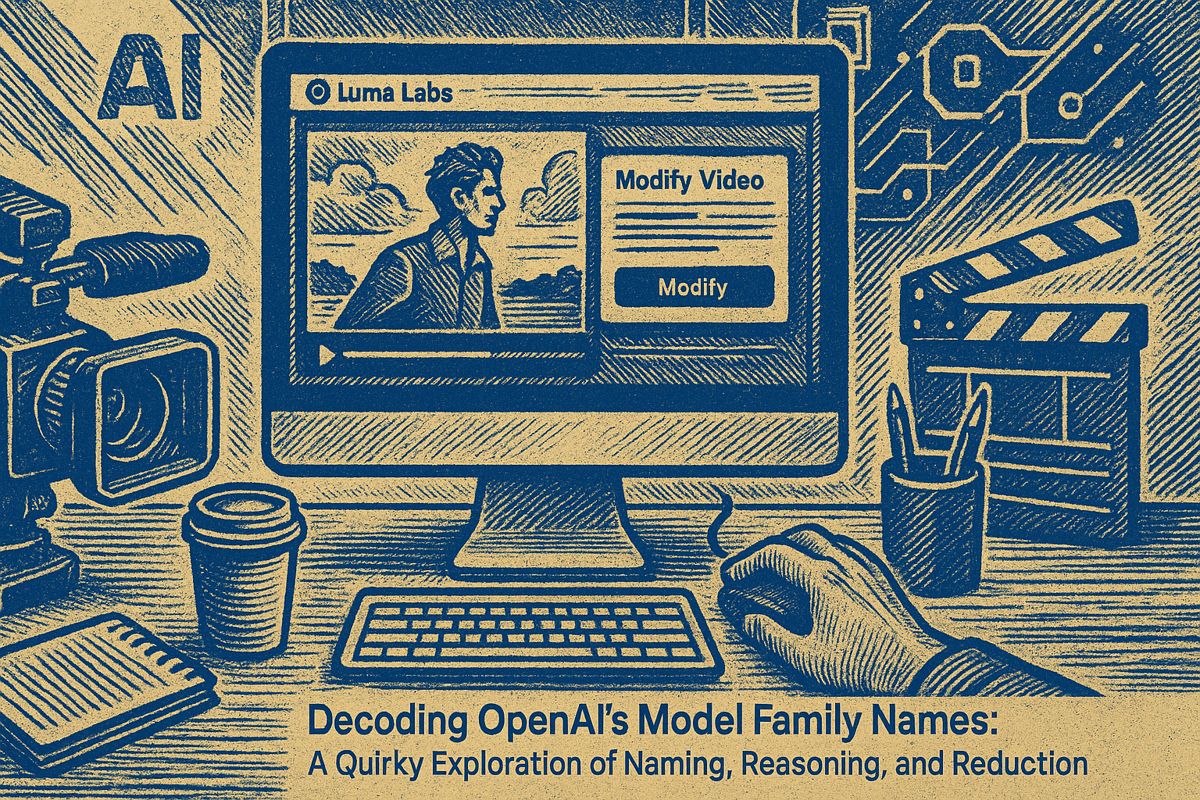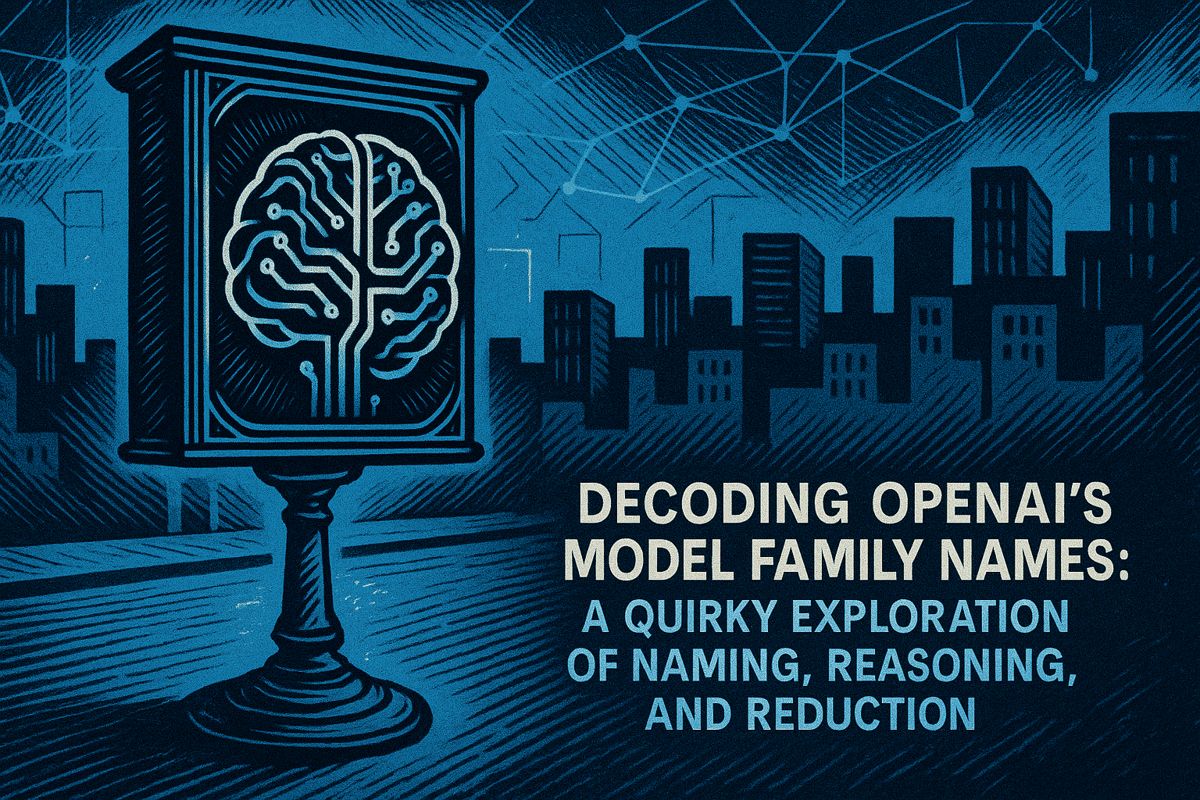Here’s the text with the most important phrase emphasized in markdown bold:
Luma Labs’ Modify Video is a groundbreaking AI tool that revolutionizes video editing by allowing instant transformations of footage, including wardrobe, backgrounds, and props. Users can edit videos at frame level in just two minutes, eliminating the need for complex post-production work or expensive reshoots. The tool offers multiple editing presets and can be guided by text, images, or frame grabs, providing unprecedented creative flexibility for professionals and indie creators alike. With its ability to maintain natural motion and facial expressions, Modify Video democratizes high-end visual effects, making sophisticated editing accessible to everyone. This technology represents a significant leap forward in video production, putting powerful creative tools directly into the hands of content creators.
What is Luma Labs’ Modify Video and How Does It Transform Video Editing?
Modify Video is an AI-powered tool that allows users to transform video footage instantly, changing wardrobe, backgrounds, and props with precision. It offers frame-level editing in just 120 seconds, enabling creators to modify videos without reshoots or complex post-production work.
From Rotoscoping Nightmares to AI Daydreams
There’s a certain smell to late-night editing – that curious blend of burnt coffee and plastic laptop keys. I caught a whiff of it when I stumbled over an article about Luma Labs’ Modify Video tool. Suddenly I was back in those old Adobe Premiere trenches, teeth gritted, shackled to hours of rotoscoping just to fix a background. It’s almost comical now – in those days, even the simplest continuity error, like a blue shirt instead of green, could swallow a week. My friend Casey, an indie filmmaker with more vision than budget, once tried patching such a mishap himself. The outcome? Let’s just say “fashion-forward” would be generous. If Modify Video had existed then, perhaps his nerves – not to mention his festival submission – might’ve survived unscathed.
But here’s what’s different in 2024: that ugly chasm between what you imagine and what you can achieve is shrinking. Modify Video is one hell of a bridge. The tool, powered by Luma’s proprietary AI, lets users transform their footage – wardrobe, background, even props – with a precision that borders on the surreal. No reshoots, no VFX sorcery, just a prompt and a click. The visual bones of your shot stay locked, but the skin? Wildly malleable. It’s not the kind of magic you’d expect to see outside ILM or Weta Digital, but here we are.
I’m not just parroting a press release. Modify Video supports multi-style outputs from a single clip, and you can steer the look with text, images, or even a frame grab. That means, if you’re working at 4K or 1080p, it’s as seamless as plugging in a new USB drive. The element-level control is the real stunner: swap a wristwatch, conjure rain, or tweak a facial quirk, all without breaking a sweat. Honestly, it’s the sort of thing you dream about after a night lost in manual masking – except it’s real.
The Mechanics: Style, Substance, and Speed
Let’s stir in some specifics, shall we? Luma Labs’ Modify offers three presets: Adhere (for the nervous tweaker), Flex (for the bold creative), and Reimagine (for the mad scientist who wants to see their CEO as a Martian). Each preset changes the degree of transformation, from subtle fixes to full-blown metamorphosis. The tool is prompt-optional, which means you can be as descriptive or as lazy as you like. Want to guide Modify with a photo of a Tokyo alley or a snippet of dialogue? You can.
What about performance? The numbers are eyebrow-raising. Modify can crank out 120 frames in 120 seconds – yes, that’s two minutes of footage in the time it takes to microwave popcorn. In blind trials, Modify outruns competitors like Runway V2V, especially in retaining natural motion and facial expressions. The resulting clips are smooth, believable, and free of that uncanny AI sheen that makes you squint at the screen. Sometimes, you just want to shout “finally!” – the relief is almost tactile.
I’ll admit, the first time I saw this, a wave of skepticism hit me. I’ve been burned before by “next-gen” tools that promised the moon and left me with a handful of dust. But watching Modify lock motion while redrawing the world around it? It felt like watching an orchestra tune itself on the fly. The bones stay put; the flesh dances. I confess, I felt a flicker of envy for tomorrow’s rookies.
Creative Freedom and the Democratization of VFX
If you’ve ever sat in a post-mortem and heard, “How did we miss the coffee cup on the table?” you’ll appreciate what Modify Video offers. It’s not just a time-saver – it’s a creative trampoline. Agencies can A/B test campaign styles in hours; indie animators can prototype wild ideas without a second mortgage; educators can create infinite variants from a single lesson. The implications are seismic. Harvard’s media lab might already be sketching new syllabi just to keep up.
What’s more, Luma Labs isn’t playing gatekeeper. Through the Dream Machine API, Modify links up with other Luma tools, like their text-to-video generator and 3D pipeline. Developers, platforms, even TikTok creators can integrate this tech, scaling their ambitions far beyond the old boundaries. It’s the kind of open architecture that turns walled gardens into rainforests – lush, a little wild, and definitely full of surprises.
And yet, I wonder: when there are no barriers, what becomes of restraint? It’s a rhetorical question, but one worth chewing on. There’s thrill in the power to change anything, but also a quiet anxiety. What if we start tweaking just because we can? I’ve made that mistake before, overcorrecting a shot until it lost all life. Lesson learned: sometimes the best edit is knowing when to walk away. Or at least, when to take your hands off the AI controls.
Looking Forward: The Only Limit Is… You?
The real story here isn’t just about speed or technical bravado – it’s about power returning to the hands of creators. Modify Video is a democratizer, slicing through the old barriers of budget and skill. What once required a studio full of Houdini licenses and caffeine-fueled VFX artists now fits on your laptop screen. Pixar-level transformation, delivered with the click of a button. It’s dizzying, honestly.
I keep circling back to that memory of Casey and his wayward shirt. Now, it makes me laugh –



















